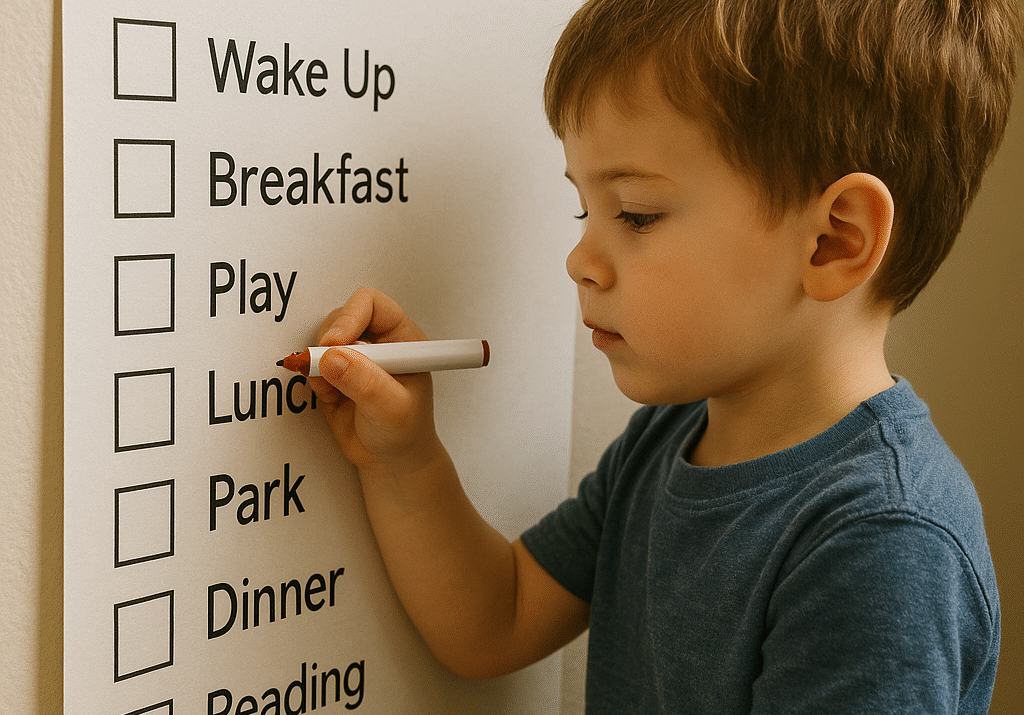Creating a structured daily routine for kids at home is one of the most effective ways to promote healthy development, emotional security, and lifelong habits. Whether your child is a toddler, preschooler, or attending elementary school, establishing a balanced schedule helps reduce stress and boosts productivity, all while fostering a sense of safety and independence.
In this comprehensive guide, we will walk you through the best daily routine for kids at home, optimized for physical health, cognitive development, creativity, and emotional well-being. This article also answers the most commonly asked questions parents have about creating and maintaining an effective home routine.
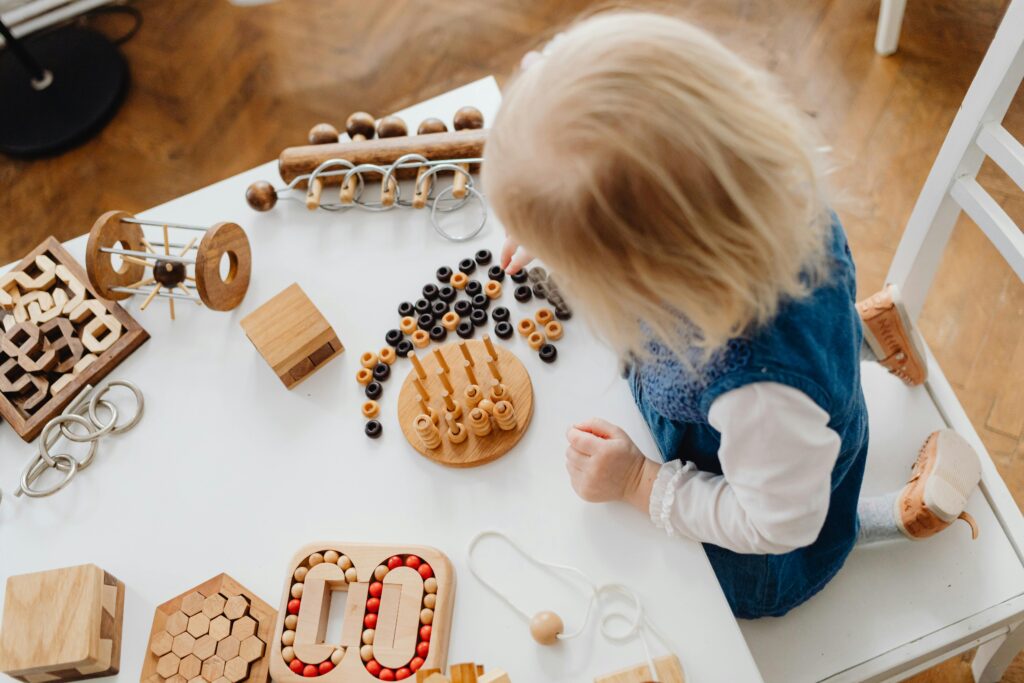
Why a Daily Routine is Essential for Kids
Children thrive in environments that offer predictability and structure. A consistent routine helps kids feel secure and improves their ability to manage time and behavior. Let’s look at the top benefits of having a daily schedule for kids:
- Reduces anxiety and stress by providing structure
- Promotes healthy habits like hygiene, regular meals, and exercise
- Improves behavior and emotional control
- Enhances sleep quality by regulating bedtime
- Boosts independence and responsibility
- Encourages time management from an early age
- Supports learning and concentration during study periods
Whether you’re homeschooling, managing holidays, or simply want a smoother home life, building a thoughtful daily routine is the key.
Best Daily Routine for Kids at Home (Ages 3–10)
This sample routine is easy to follow and can be customized to fit your child’s age, personality, and needs.
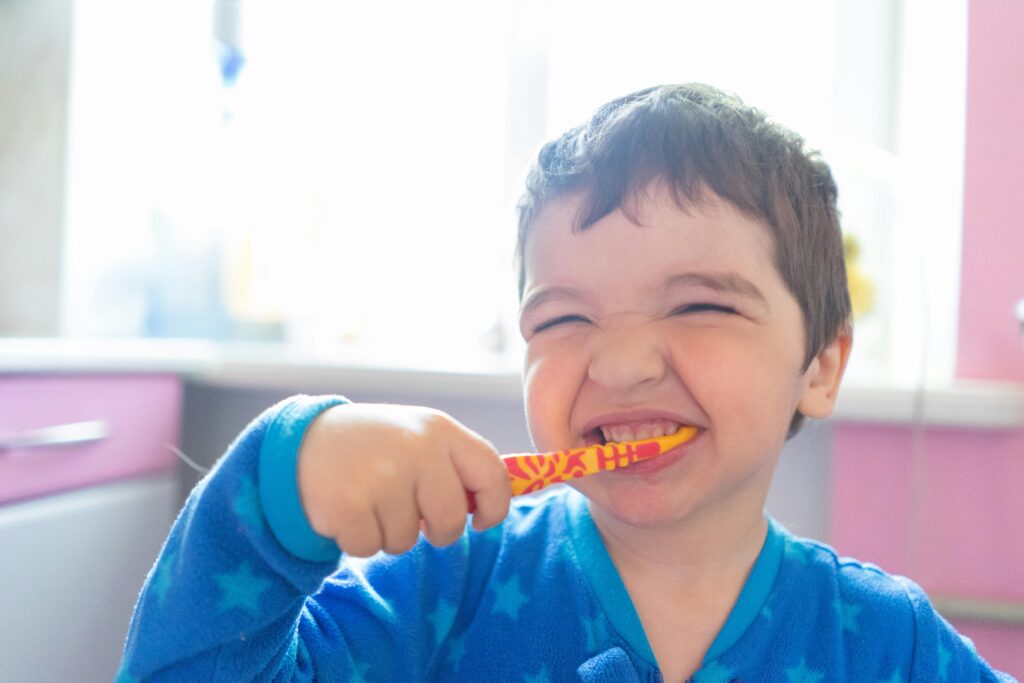
7:00 AM – Wake Up & Morning Hygiene
Start the day early with a gentle wake-up routine:
- Wake up with natural sunlight or calm music
- Brush teeth and wash face
- Use the bathroom
Dress in fresh clothes (even if staying home)
7:30 AM – Healthy Breakfast
Fuel your child’s body and brain with a balanced breakfast:
- Whole grains (oatmeal, brown bread)
- Protein (eggs, yogurt, cheese)
- Fruits (bananas, apples, berries)
A good breakfast improves concentration and energy levels.
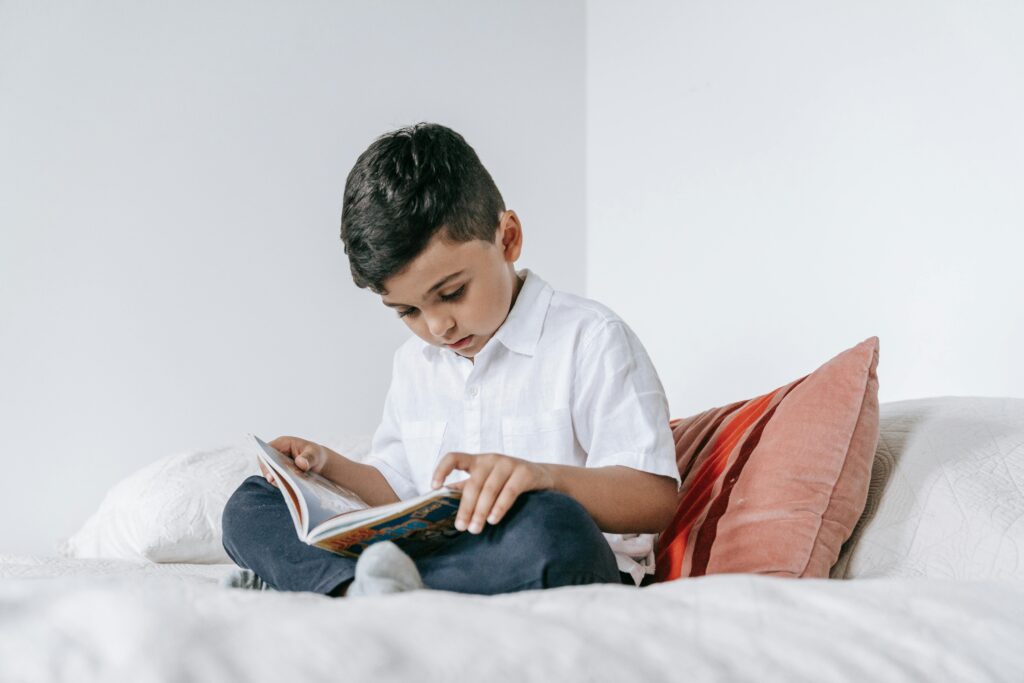
8:30 AM – Study or Learning Time
Dedicate 1.5 to 2 hours to educational activities. This could include:
- Reading or storytime
- Writing or journaling
- Math games and puzzles
Educational videos or apps (limited screen time)
10:30 AM – Creative Play & Hobbies
Let your child explore their imagination and hobbies:
- Drawing, painting, or crafting
- Music (singing, playing instruments)
- Pretend play with dolls or action figures
- Simple DIY projects for kids
Creative play boosts cognitive flexibility and emotional expression.
11:30 AM – Healthy Snack Time
Offer a nutritious and energizing snack:
- Fresh fruits or fruit smoothies
- Veggie sticks with hummus
- Yogurt with granola
Avoid processed foods and sugary snacks.

12:00 PM – Physical Activity or Outdoor Play
Kids need at least 60 minutes of physical movement daily:
- Indoor workouts (dance, yoga, obstacle course)
- Outdoor play (running, jumping, riding a bike)
- Sports practice or active games
Tip: Join your child to make it more engaging.
1:00 PM – Lunch & Family Time
Share a wholesome lunch together and use the time to bond:
- Rice, vegetables, lean meat or lentils
- Soups, salads, and roti
- Talk about the morning or upcoming plans
This strengthens communication and emotional connection.
2:00 PM – Quiet Time or Nap
A period for rest and recharging:
- Toddlers can nap for 1-2 hours
- Older kids can read, color, or listen to calm music
- Quiet solo play like puzzles or Lego
Quiet time enhances focus and reduces overstimulation.

3:30 PM – Homework or Skill Practice
Support academic development and skills:
- Review school lessons
- Complete homework
- Practice reading or storytelling
- Learn new skills like coding, puzzles, or origami
Involve kids in goal setting to encourage responsibility.
4:30 PM – Snack & Free Play
Let your child play freely and snack lightly:
- Home-made popcorn, nuts, or boiled eggs
- Free play with toys or role-play
- Water play or sandbox (if available)
Unstructured time encourages independent thinking.
5:30 PM – Screen Time (with Limits)
Screen time can be educational and recreational:
- Interactive learning apps
- Age-appropriate shows
- Family movie night (once or twice a week)
Set screen limits and co-view content when possible.
6:30 PM – Dinner & Wind-Down Time
Wind down the day with dinner and calm conversations:
- Balanced meals (grains, protein, veggies)
- No screens at the table
- Light stretching or gratitude practice
Let kids share their favorite part of the day.
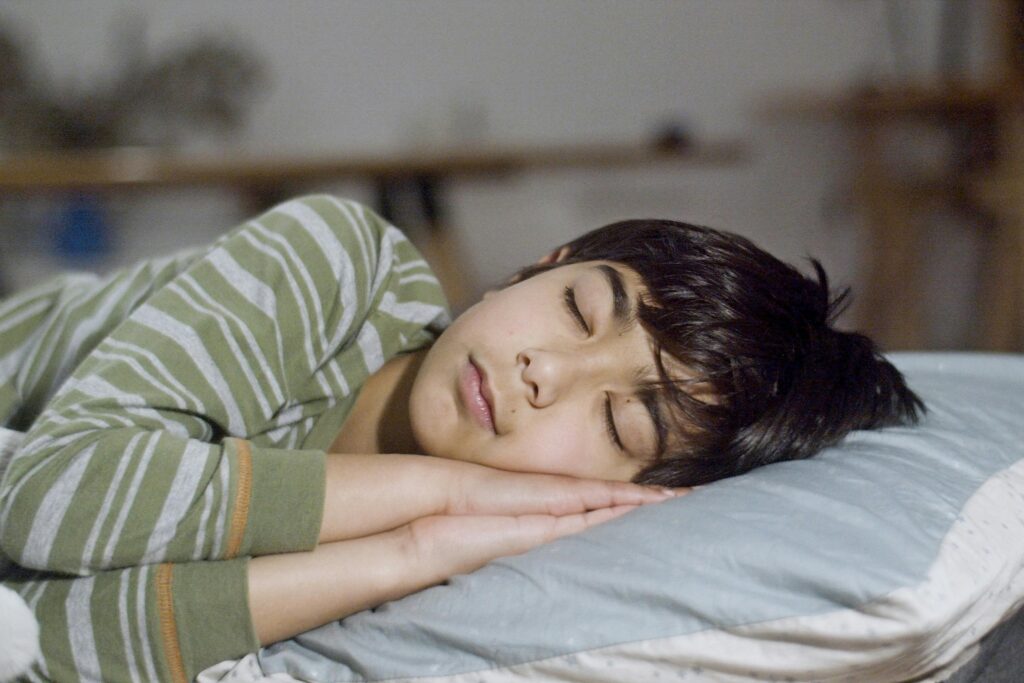
8:00 PM – Bedtime Routine
Establish a calming pre-sleep routine:
- Bath or face wash
- Brush teeth
- Pajamas and story time
- Lights out by 8:30–9:00 PM
Children aged 3–10 need 9 to 12 hours of sleep nightly.
Tips to Create a Successful Kid’s Routine at Home
Here are some actionable tips for parents to make routines more effective:
1. Create a Visual Routine Chart
Use picture-based charts or magnetic boards to help young children follow their routine independently.
2. Stay Consistent but Flexible
Consistency is key, but be ready to adjust for special days, holidays, or mood changes.
3. Include Your Child in Planning
Let them help design the schedule. When they feel ownership, they’re more likely to follow it.
4. Use Positive Reinforcement
Praise or reward kids for sticking to routines. Sticker charts or small incentives work wonders.
5. Model the Behavior
Children mimic parents. Stick to your own routine to set a good example.

Adapting the Routine for Different Age Groups
Toddlers (Ages 1–3):
- Focus on short play sessions and long naps
- Keep routines simple and visual
- Repeat activities daily
Preschoolers (Ages 3–5):
- Include more learning blocks
- Introduce basic chores like putting away toys
- Encourage storytelling and singing
Elementary School Kids (Ages 6–10):
- Increase academic time
- Add responsibility (chores, goal tracking)
- Let them manage part of their schedule
Making Routines Fun and Flexible
Routines don’t need to be rigid. Infuse fun in every block:
- Use theme days (Music Monday, Wacky Wednesday)
- Introduce surprises occasionally (new game, baking session)
- Have “you choose” slots where the child decides
The goal is to create a safe and joyful rhythm, not a strict timetable.

Final Thoughts: Empower Your Child Through Structure
The best daily routine for kids at home is one that balances structure and flexibility, discipline and fun. A routine not only keeps children engaged but also supports their emotional, intellectual, and physical development. As parents, when you invest time in creating a thoughtful schedule, you lay the foundation for habits that last a lifetime.
Start small, observe what works, and evolve your child’s routine as they grow. Your effort today can lead to a more harmonious home and a happier child tomorrow.
Frequently Asked Questions (FAQs)
1. What is the ideal daily schedule for kids at home?
An ideal routine includes wake-up time, hygiene, meals, study time, physical activity, creative play, family interaction, and an early bedtime. Consistency is more important than perfection.
2. How many hours of screen time should kids have?
Children aged 2–5 should get no more than 1 hour of screen time per day. Older kids (6+) can have up to 2 hours, but content should be educational and monitored.
3. What are some good morning routines for kids?
A good morning routine includes waking up on time, brushing teeth, washing face, getting dressed, and having a healthy breakfast.
4. How can I get my child to follow a routine?
Start gradually, involve your child in planning, use visual charts, and reward consistency. Make the routine fun and avoid overwhelming changes.
5. Is it okay to skip the routine sometimes?
Yes, flexibility is important. Travel, holidays, or emotional days may require changes. Just return to the routine the next day.



